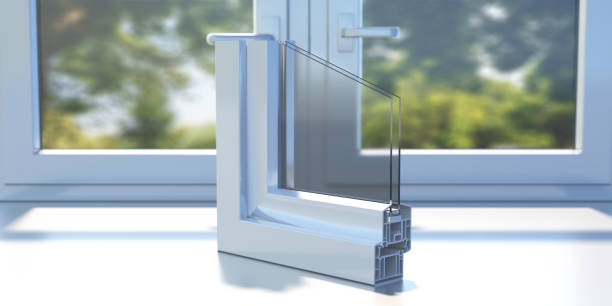All Categories
Featured
Table of Contents
Double Glazed Windows Melbourne in Caversham Western Australia
That window can transmit more solar heat in winter season than in summer season. A west-facing window on a summertime's afternoon has an angle of incidence from near 0 up to 30 with a large efficient area of solar radiation. A north-facing window, in summer, has a high angle of incidence and a low reliable location of solar radiation, so can transmit less heat than a west-facing one.

You can rapidly and easily enhance the thermal performance of your house by replacing your windows. There are thousands of types of glass and frames to pick from.
Double Glazing - About Windows - Window Film Excellence in Martin Western Australia
Single glazing with clear glass is not really effective when it comes to heat loss or gain. To improve efficiency, you can use single glazing with a more energy-efficient type of glass such as low emissivity (low-e) glass.
The energy performance of IGUs likewise depends on: the homes of each layer of glass. Different glass types (for example, clear and low-e glass) can be put together in an IGU.
What Are Double Glazed Windows? - Build in Beckenham Western Australia

IGU cavities can be filled with air or a more inert, low-conductivity gas such as argon the width of the cavity. Cavity density is normally 6 to 18mm. Larger cavities supply lower (better) U values, with 12mm normally accepted as the favored gap how well the cavity is sealed. Cavities need to be dry and well sealed to avoid moisture getting in.
If argon is set up to the cavity in location of air, moisture is reliably left out the level of desiccant (drying representative). The spacer (metal or polymer strip) that separates the glass layers includes a desiccant to take in any wetness. Insufficient desiccant may cause wetness to condense on the glass surface in cold conditions, decreasing thermal performance.
Upvc Double Glazed Windows Australia in Darling Downs Western Australia
In reality, IGUs can provide much better energy efficiency for all climates, especially in heated and air-conditioned homes. Cross-section detail of single, double and triple-glazing units Low emissivity glass (typically referred to as low-e glass) lowers heat transfer. Low-e glass might be either high or low transmission: High transmission low-e glass has a finish that permits daytime from the sun to enter the home to attain good solar heat gain, however lowers the quantity of the long wavelength infrared heat that can leave back through the window.
Low-e glass has either a pyrolytic finish or a vacuum-deposited thin movie metal finishing. Pyrolytic coverings are durable and can be used for any glazing; vacuum-deposited coverings are soft and are just used within IGUs. Low-e finishings can substantially enhance both U worth and SHGC; nevertheless, they must be utilized properly or they will either weaken or stop working to perform as required.
Double-glazing Versus Low-e Glass in White Gum Valley WA
Low-e finishings can be utilized in mix with clear, toned or reflective glass. Low-e finishings on glazing can lower heat transfer where required Picture: Department of Industry, Science, Energy and Resources Toned glass has colouring ingredients consisted of during manufacture. It is available in numerous colours, generally bronze, grey, blue and green.
Latest Posts
Double Glazed Windows: A Complete Guide in Kelmscott WA
How Does Double Glazing Keep Heat Out? in Lathlain Western Australia
A Complete Guide To Double Glazed Windows in Wembley Downs WA